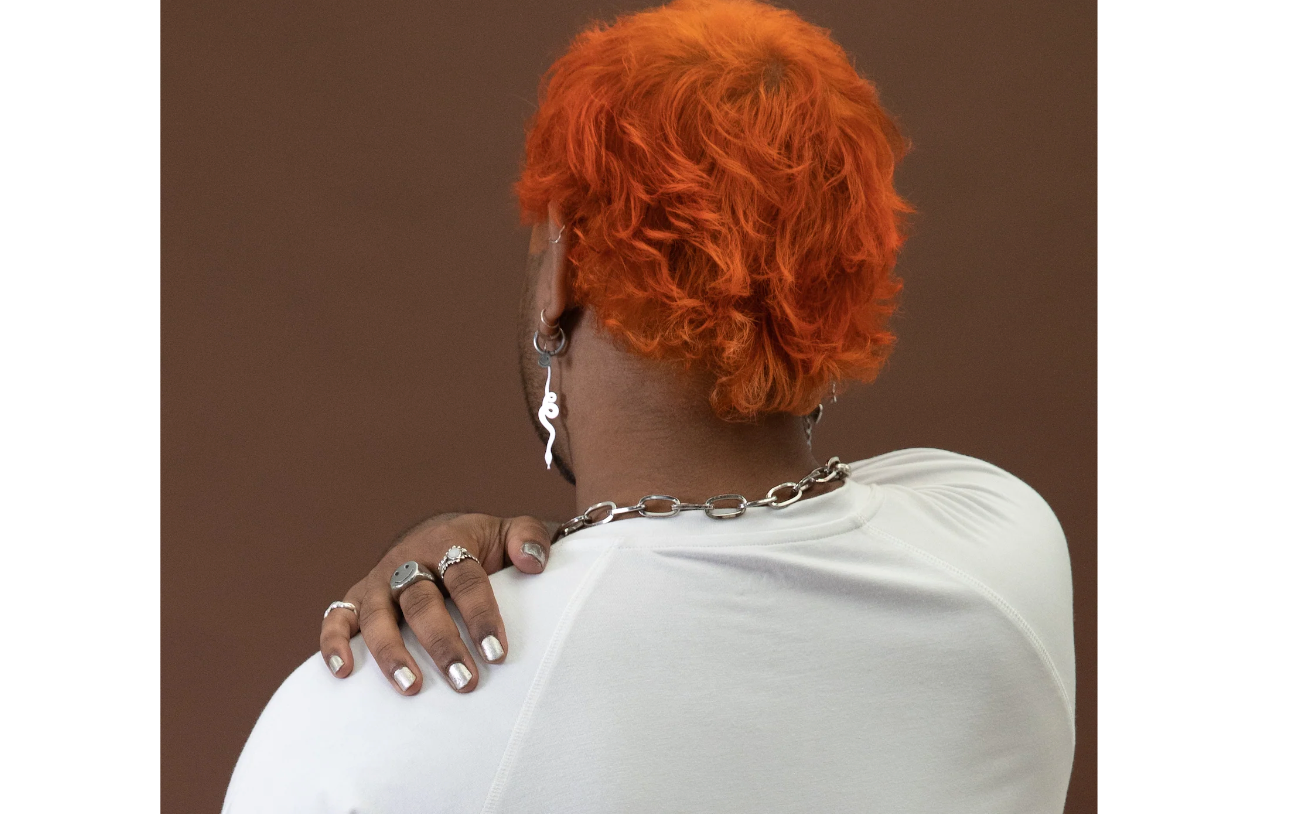When people traditionally think of Adaptive Fashion they mostly consider how those with physical needs related to dressing benefit from these products. We know that there are many disabilities and dressing needs out there that stretch far beyond physical, and when these are considered in the design process of Adaptive Clothing, so many more people can benefit than just those with physical disability. A significant dressing consideration that has repeatedly come up in our time as Occupational Therapists (OTs) and Disability Support Workers is the sensory impact of clothing. In very simple terms, that usually means the comfort of the clothes. However this is a lot more than just a scratchy tag being annoying for someone that is Neurodivergant, so we thought we’d delve into this topic a bit more.
When we talk about sensory input, there is a lot more to this than just the feel of something. Most people know of our five senses (sight, touch, hearing, smell and taste), but there are also the lesser known senses (proprioception, vestibular and interoception) that as OTs we deal with more. Each person has sensory preferences and our sensory preferences impact how we interact with the world around us and essentially everything we do, so you can understand how it could be a very lengthy topic of conversation. When we’re solely discussing the interaction between an individual’s sensory preferences and the act of getting dressed, we are going to focus just on the tactile sense (the feel). The most important thing to remember when it comes to the sensory preferences of an individual, is that they can be completely different from person to person. What I might find comforting and soothing, another could find irritating and overstimulating. This means how we each process the same stimuli can vary greatly. For example, if I find a tag is frustrating me I might try and rearrange my top and be distracted for a short amount of time but not give it much more thought than that. Whereas that same tag could be so annoying for another person that they cannot focus on anything else and become so overstimulated that they scream and end up ripping the clothing from frustration.
This example might sound a bit extreme, but this is an extremely common experience I witnessed as an OT and Disability Support Worker with the people I worked with. I would often have discussions with parents looking for solutions to their child tearing through five tops a week from the discomfort of them. So you can imagine, if the clothing you have access to does not fit in with your sensory preferences or how you process that sensory input, it can have a significant impact on the rest of your functioning. If the clothes you are wearing are creating that much of an irritation, how are you expected to attend to your job, engage in school activities or even interact with the people around you? Having access to clothing that is ‘sensory-friendly’ to you, can break down many barriers to participation that most people wouldn’t even consider.
So what is ‘sensory-friendly clothing’ exactly? Well firstly, we need to remember that what is pleasing or ‘sensory-friendly’ to one person, may not be to the next so this may not be a representation of everyone’s experiences, but the below does tend to summarise what we have learnt from ourselves, our customers, clients and many other people. Sensory-friendly clothing typically needs to be soft, tag-free, seamless or flat/external seams, no bulky hardware that could dig in (zips, chains etc) and usually not overly constrictive particularly in only one area of the garment (although this is much more a personal preference than the other considerations). All of this sounds pretty common sense, right? You would be surprised to find out just how difficult it is to source clothing that is truly sensory-friendly and has considered all of these aspects of the garment’s design. Often activewear or lounge wear pieces have a lot of these design features, but people with these dressing needs deserve more than just loungewear to feel comfortable. Anyone should be able to wear an outfit that not only feels good but looks good too!
Most people when they hear anything related to the term ‘sensory’ automatically associate this with those that may be Autistic or have ADHD and are often highlighted to have particular sensory ‘needs’. However sensory friendly clothing (like Adaptive Clothing in general) can benefit everyone. Have you ever heard of anyone that enjoys a bulky, scratchy tag?! So by printing on labels (like we do at JAM), everyone benefits. Or for those like Jack and Maddie (the namesake for our brand) who both have Cerebral Palsy which impacts their ability to physically move a seam that might be digging into them, or communicate to those around them that a tag is annoying them, having sensory-friendly clothing not only makes their clothing a lot more comfortable and less likely to frustrate them, but it also significantly reduces the chance of them getting pressure sores from the uncomfortable design features of their clothing pressing into them all day.
We hope by reading this blog, it is clear to see that a lot more consideration goes into sensory-friendly designs than just making comfy clothes, and so many different people can benefit from these considerations. As with any Adaptive Clothing, when you design for the minority you cater to the majority, and we believe sensory-friendly clothing should be a staple of all fashion brands in the future.


